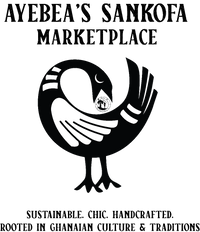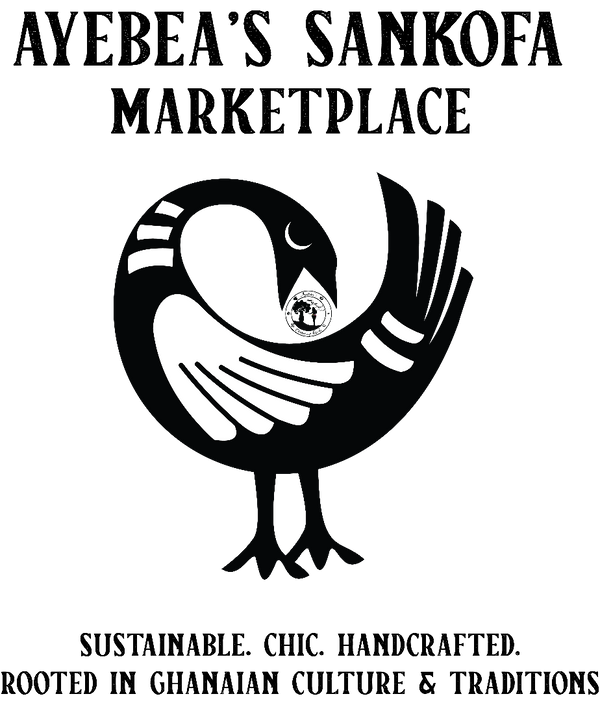"Becoming Bolga" An inspiration from Nature
The History Behind Bolga Basket Weaving
The foundation of the beautiful Bolga baskets all started with a man from the Zaare community in the Bolgatanga Municipality. The man, popularly known as Ahinbinge, was a physically challenged person. To Ahinbinge, the way and manner in which a bird makes its nest have always been fascinating and inspired the birth of the basket. He made his first maiden basket without knowing what it could be used for; however, it served a great purpose as it was used as a sieve to strain pito malt. Pito is a traditional alcohol brew from malt. The malt for the pito was squeezed initially with both hands by the pito brewers.
As time passed, other pito brewers began to borrow the basket for draining. Ahinbinge started receiving requests from other pito brewers to weave the basket for them, which he gladly did at no cost. Ahinbinge’s first basket style had no handle, and the straw was woven wet and un-split but with a rim at the top. The basket was not trimmed, so long pieces of straw were sticking out of it. The popular Bolga basket is called Tiia for one and Tehei for more than one. Although it originally began as a hobby, and later as a way to supplement income, it has now become the main source of income for the Frafra people, the main ethnic group of Bolgatanga.
About Bolgatanga
Bolgatanga is a known crafts town in the Upper East and Ghana as a whole, with a large central market. Geographically, the land composition of Bolgatanga is not fertile enough for extensive agricultural activities and coupled with an erratic rainfall pattern and generally harsh weather conditions. These unfavorable factors boosted the handicraft activities such as basket weaving, leatherwork, and pottery. Basket weaving is undertaken mostly by women as their main source of income in addition to farming activities. This has made it possible for rural women in the Bolgatanga
The Basket Making Process
The Bolga basket weaving begins by collecting “Veta Vera Gras”s, a wild grass known as elephant grass found near the city of Kumasi, in the Ashanti Region. Locally known as Kinkanhe (grass), it grows with broom-like flowers removed for weaving. The straw is cut, leaving the roots in the soil to regenerate. The elephant grass(straw) is trimmed and dried to even lengths. Then, they are soaked in water and then split in half. The split strands are twisted or palm-rolled. This is to strengthen the grass. After twisting, the straw is untwisted and braided or tied into bunches for dying. The dye is made from the bark of trees, leaves, and stalks of flower plants. Dye is mixed in boiling water and then a bunch of braided straws is dipped to soak until the desired color is achieved.
Afterward, the dyed straw is allowed dry so the weaving process can begin. The weaving process starts at the base and continued up to the rim. The finished basket is then basked then sent off to a skilled leather artisan who adorns the handles with goat's leather.




Laissez un commentaire